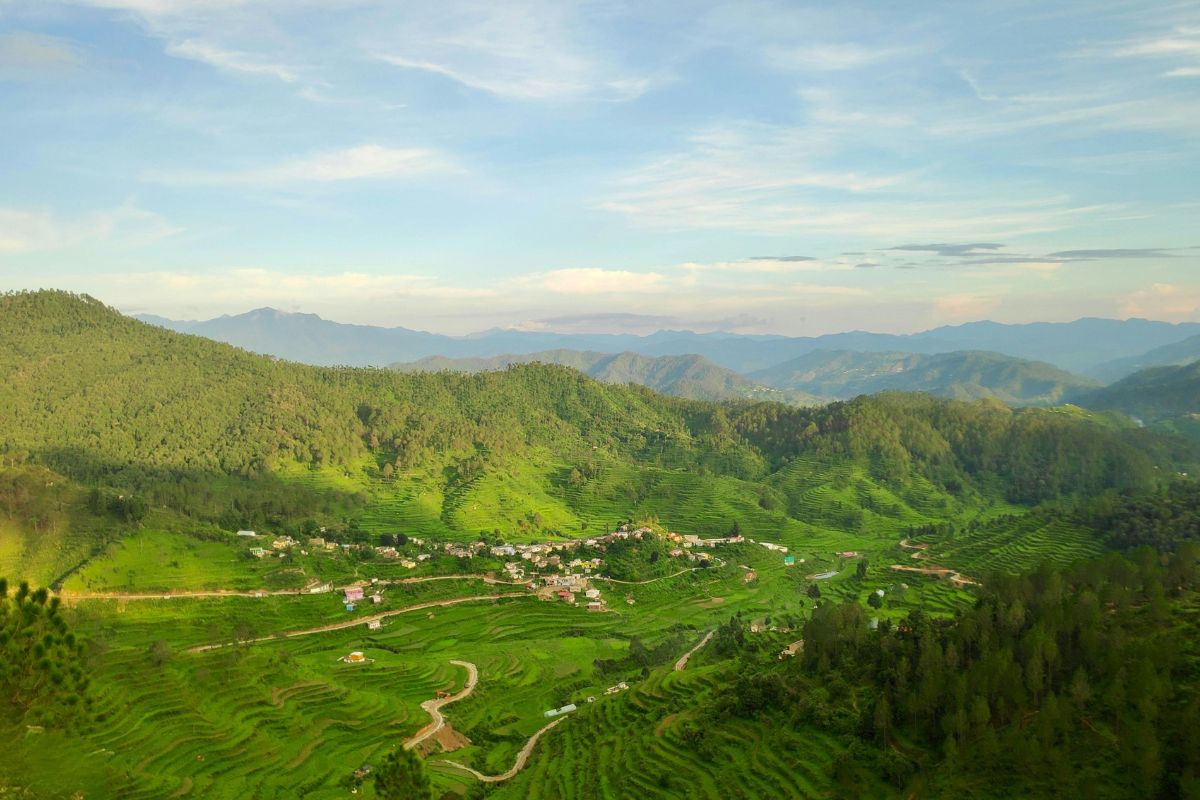India’s east coast is preparing for rough weather as Cyclone Montha moves closer to the mainland. The storm is forming over the Bay of Bengal and is expected to make landfall near Kakinada in Andhra Pradesh on October 28 evening, according to the India Meteorological Department (IMD). Officials have warned of very heavy rainfall, strong winds, and flooding in several states.
The IMD has issued red and orange alerts for 23 districts in Andhra Pradesh and also for some parts of Odisha and Tamil Nadu. Schools and colleges in many districts have been ordered to stay closed until Wednesday. Fishermen have been told not to go into the sea as conditions are expected to become dangerous.
As the storm moves northwest at a speed of about 18 kilometers per hour, authorities are closely monitoring the situation. Cyclone Montha is likely to become the first major cyclone to hit India this year, bringing strong winds and intense rain along the east coast.
What is Cyclone Montha?
Cyclone Montha began as a deep depression over the southeast Bay of Bengal. According to the IMD, it is now intensifying into a severe cyclonic storm. The cyclone is expected to hit the coast with wind speeds of 90 to 110 kilometers per hour, which can damage houses, trees, and power lines.
Cyclones like Montha form when warm ocean water and moist air rise, creating strong winds and spiraling clouds. These storms often bring heavy rainfall and flooding to coastal areas. The IMD has been tracking Montha’s movement and issuing regular updates to state governments and the public.
Which Areas Are at Risk?
The highest risk areas are along the Andhra Pradesh coast, especially districts such as Kakinada, Konaseema, Bapatla, Krishna, West Godavari, and Nellore. These regions could experience very heavy rain, flooding, and strong winds when the cyclone makes landfall.
In Odisha, southern districts including Malkangiri, Koraput, Rayagada, Gajapati, Ganjam, Kandhamal, Nabarangpur, and Kalahandi have been put on alert for heavy rainfall on Tuesday and Wednesday. Coastal villages are preparing for waterlogging and possible damage to homes and crops.
Parts of northern Tamil Nadu, Kerala, and coastal Karnataka are also likely to receive heavy to very heavy rainfall till Tuesday. Fishermen in all these states have been warned to stay away from the sea until the weather improves.
What Is the Government Doing?
The Andhra Pradesh government has started evacuating people from low-lying and coastal areas. Thousands of residents have been moved to temporary shelters where food and medical care are being provided.
Chief Minister N. Chandrababu Naidu held a meeting with district collectors and disaster management officials on Sunday. He directed them to ensure that no lives are lost and that rescue teams remain on standby in all coastal districts. He also asked local authorities to close schools, secure power lines, and keep relief materials ready.
In Odisha, Disaster Management Minister Suresh Pujari chaired a review meeting and instructed officials to remain alert. Rescue teams, including the National Disaster Response Force (NDRF), are ready to be deployed in vulnerable areas. Ports have been put under warning signals, and fishermen have been advised not to venture into the sea.
The IMD continues to issue weather bulletins every few hours. State governments are sending alerts through mobile messages, television, and loudspeakers to warn people about the approaching cyclone.
Cyclone Montha is a reminder of how fragile coastal areas are to extreme weather. While the storm is expected to bring destruction, strong preparation and early warnings can help reduce its impact. Authorities have urged people in affected regions to stay indoors, follow safety instructions, and remain calm until the danger passes.






